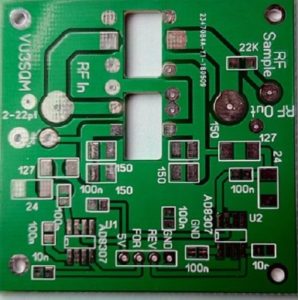I am considering replacing the R134a refrigerant in my car aircon system with a hydrocarbon refrigerant. The candidate is Hychill Minus 30 (HC-30).
This article is a limited comparison of the R134a and HC-30 from the point of view of pressure temperature behavior as it impact practical implementation and measurement.
Exploring HyChill Minus 30 laid down the basis of a CoolProp model of HC-30 for comparison with CoolProp model of R134a.

Above is a comparison of the pressure/temperature of HC-30 and R134a over the range of interest in a vehicle aircon. The typical high and low side HC-30 operating pressure bands are shaded. Continue reading Comparison of R134a and HyChill Minus 30






